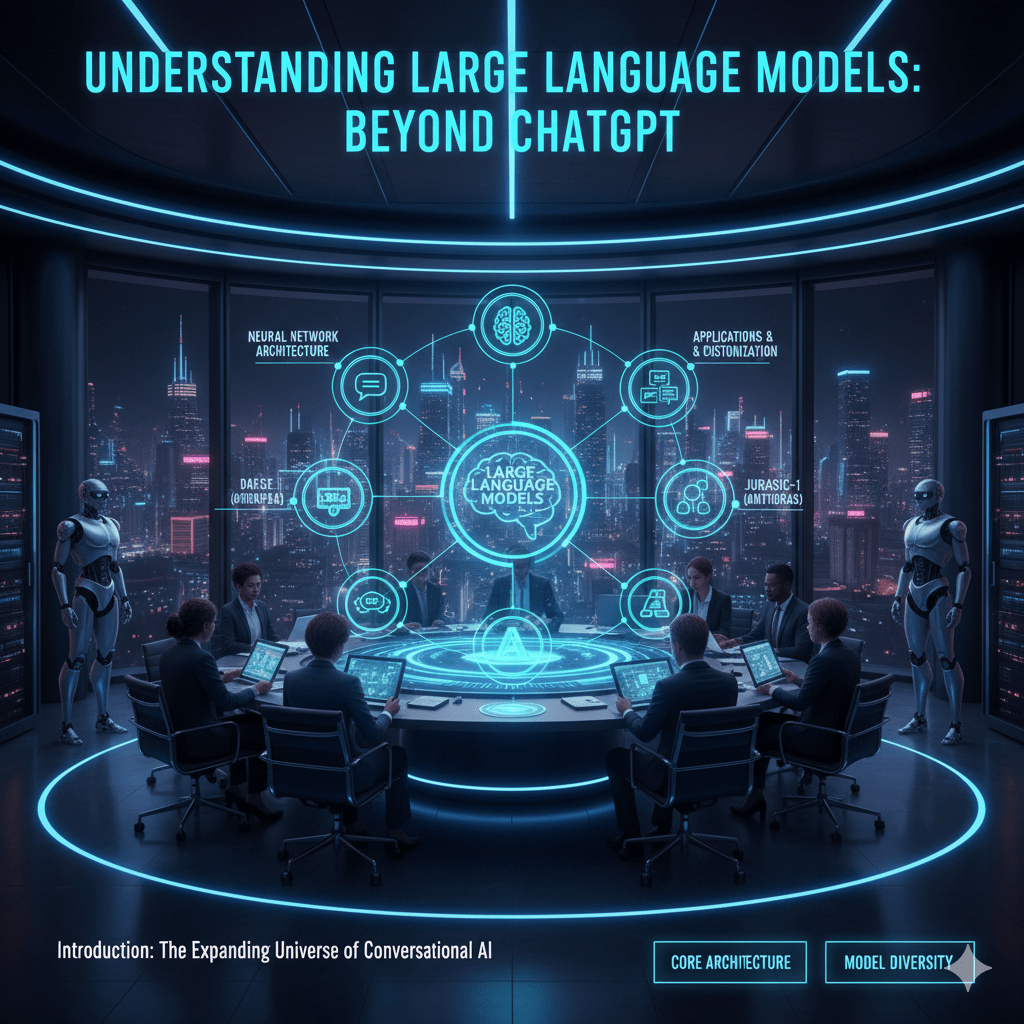
Understanding Large Language Models: Beyond ChatGPT
The early versions of language models were primarily designed for basic tasks such as answering questions, summarizing documents, and generating creative text. However, advancements in deep learning architectures, reinforcement learning, and transformer-based systems have propelled LLMs into a new era of sophistication. These models now understand nuance, sentiment, and intent with unprecedented accuracy, enabling them to serve as virtual collaborators across industries. According to a 2025 OpenAI report, the latest generation of LLMs processes over 3 trillion tokens daily across applications in education, healthcare, finance, and entertainment.






























